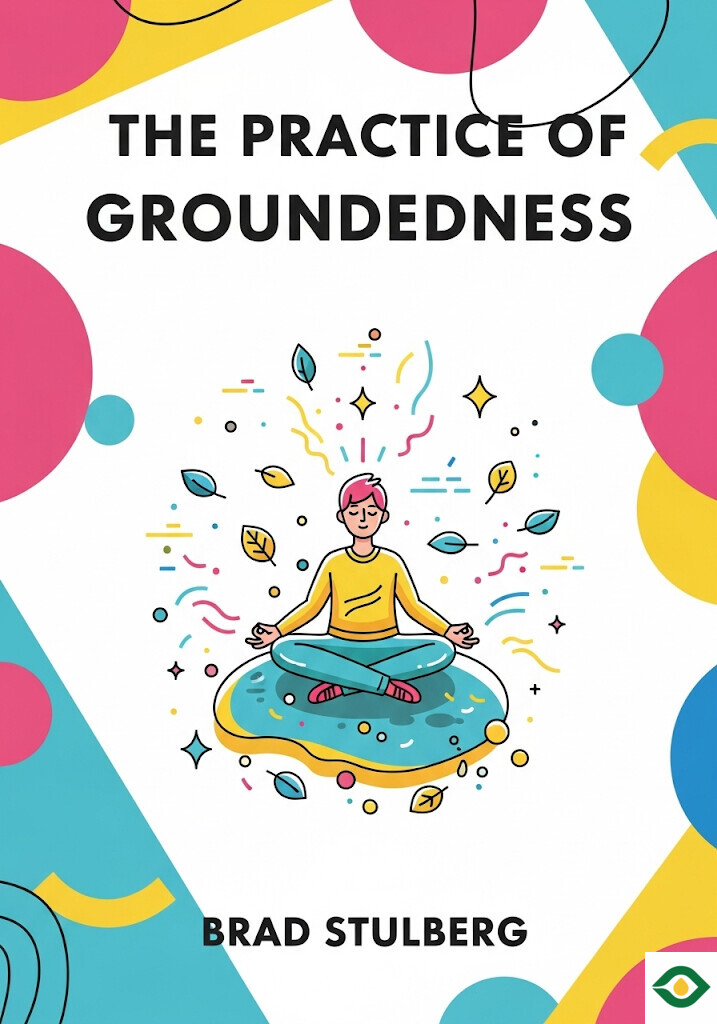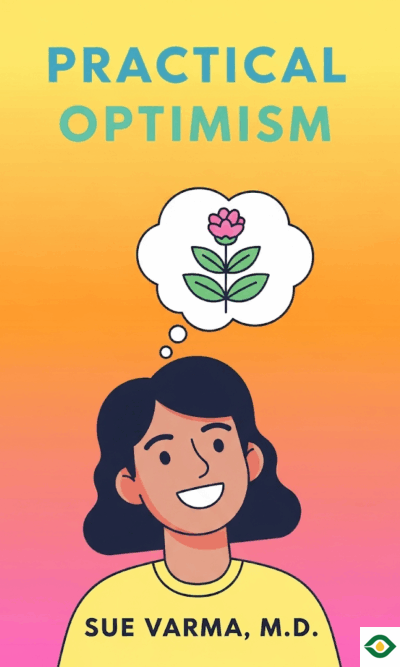Description
Brad Stulberg’s book The Practice of Groundedness is about living with stability, balance, and real strength in a world that constantly pushes us toward exhaustion. It is not about giving up ambition but about finding a healthier and more sustainable way to live and grow. The book is deeply personal, as Stulberg shares his own struggles with mental health, but it also offers universal lessons that anyone can apply.
Many people today live with what he calls “heroic individualism.” This is the mindset that tells us we are never enough, no matter what we achieve. It whispers that we must always do more, achieve more, and prove more. On the surface, this way of living might look successful—filled with accomplishments, promotions, awards, or recognition. But on the inside, it leads to emptiness, burnout, and often, deep unhappiness.
Stulberg himself experienced this. At a young age, he had already achieved a lot in his career, but he was haunted by obsessive thoughts and feelings of despair. This struggle forced him to reflect on why the constant chase for achievement had left him so fragile. He realized that focusing only on external success—like the top of a tree—made him unstable. What he needed instead were strong roots, the inner strength and values that could keep him grounded no matter what storms came.
To explain this idea, he uses the image of redwood trees. These enormous trees grow tall and withstand powerful winds, not because of how high they reach but because of how strong and connected their roots are. Human beings are no different. If we focus only on chasing more success, we are like trees stretching upward without support. But if we cultivate deep roots—principles like patience, acceptance, community, and movement—we can grow tall while staying stable.
The first principle of groundedness is acceptance. Instead of resisting or denying what is happening in life, we must first acknowledge reality. This does not mean giving up. It means seeing things clearly and honestly, even when they are painful. If we keep telling ourselves “this shouldn’t be happening,” we create more suffering. By accepting our current reality, we prepare ourselves to make real change. For example, someone facing anxiety cannot simply push it away. But by accepting that anxiety is present, they can begin to work with it rather than against it.
The second principle is patience and presence. In a culture that glorifies speed, many of us rush through life, trying to achieve results as quickly as possible. But lasting growth takes time, just like seeds need water and care to grow into plants. Instead of scattering our energy in too many directions, we need to focus on what matters most. This means turning off distractions, questioning unnecessary busyness, and giving full attention to the people and goals we truly value. Growth happens step by step, not overnight.
The third principle is vulnerability. Many people feel pressure to present themselves as perfect—successful, happy, confident at all times. Social media and professional culture often encourage this. But pretending to be invincible is exhausting and untrue. Real strength comes from admitting struggles and being honest about imperfection. When Stulberg shared publicly about his mental health challenges, he felt a huge sense of relief. Vulnerability is not weakness; it is courage, and it allows deeper connections with others.
The fourth principle is community. Just like redwood trees do not stand alone but intertwine their roots with others, people also need networks of support. The myth of doing everything alone, being completely independent, is unsustainable. True stability comes from belonging to a group of people who share values, offer support, and walk alongside us in life. This community could be friends, family, a team, or even a spiritual group. What matters is showing up authentically and supporting one another.
The fifth principle is movement. Modern science shows that the mind and body are deeply connected. When we care for the body, we also care for the mind. Exercise is not just about fitness; it is a way of staying grounded. It teaches patience, helps release stress, and improves mood. Even something as simple as walking, stretching, or running can keep us balanced. Movement also connects us with others, since exercising with friends or groups builds community at the same time.
Together, these principles form the practice of groundedness. They are not quick fixes. They require small, consistent actions that build stability over time. Accepting reality, staying patient, showing vulnerability, connecting with others, and moving our bodies are practices we can return to again and again.
Stulberg also emphasizes that groundedness is not about rejecting ambition or refusing to strive. It is about building a foundation strong enough to support ambition without breaking us. Without roots, achievements collapse under pressure. With roots, success can grow in a sustainable way.
One practical way to start applying groundedness is to choose three things you will start doing and three things you will stop doing for each principle. For example, under the principle of movement, you might start with short daily walks and stop skipping meals or long periods of sitting still. Under vulnerability, you might start sharing honestly with a close friend and stop hiding your struggles behind a fake smile. The point is not to take giant leaps but to make small steps that gradually create a strong, stable life.
The lesson of groundedness is both timeless and urgent. Ancient wisdom traditions spoke about acceptance, patience, community, and harmony long ago. Modern psychology and science confirm their importance today. In a world that constantly pulls us toward busyness and self-comparison, practicing groundedness is an act of resistance. It is choosing stability over chaos, depth over speed, and connection over isolation.
At the heart of it all, groundedness means living in alignment with your deepest values. It means remembering that you are more than your achievements, and that strength comes from within and from the people around you. Like the redwoods, when your roots are strong and connected, you can grow tall, weather storms, and stand with resilience.





